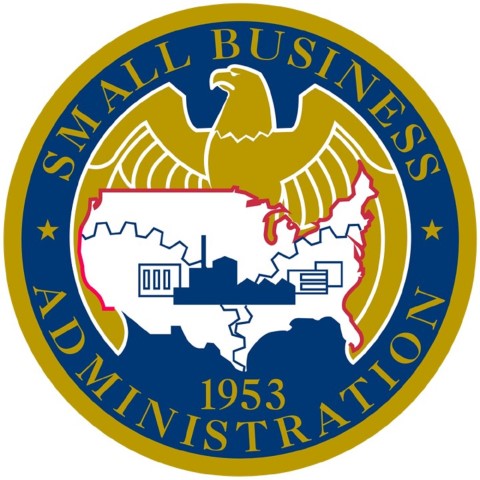WASHINGTON: The U.S. Small Business Administration (SBA) is supporting FEMA and the Ready Campaign’s National Disaster Preparedness Month by dedicating the last week of September to conduct outreach to the more than 33 million small businesses across America on the importance of preparing, managing, and recovering from natural disasters, cyber threats, and even human-caused disasters.
National Preparedness Month outlines specific steps for communities to take to prepare for a disaster and possibly avoid potential economic and physical damage to individuals, small businesses, and their communities.
“Natural disasters caused by climate change are increasing in frequency and economic impact, and the Biden-Harris Administration is investing in sustainability and committed to helping small businesses and individuals prepare to recover quickly when disaster strikes,” said SBA Administrator Isabella Casillas Guzman. “SBA is helping businesses across the country create emergency response plans so they can limit damage and disruption – building resiliency for our neighborhoods and our economy.”
The SBA recommends three critical steps to build upon the tools of resilience:
Step 1: Assess Risk
Every business has unique vulnerabilities and weaknesses. Knowing what type of disasters will most likely affect your business can help you return to operations faster. A back-to-business self-assessment can help assess risks for common hazards such as hurricanes, wildfires, flooding, or even cyberattacks.
Step 2: Create a Plan
The response plan is the roadmap to recovery and should be tailored to the business’s specific needs and operations. It should address immediate priorities and be easy to access.
Every disaster is different. Review the resources to lessen the physical and financial impact of a disaster:
| Topic | Resource | Tips |
| Hurricanes | Checklist | Safety Tips |
| Tornadoes | Checklist | Safety Tips |
| Wildfires | Checklist | Safety Tips |
| Floods | Checklist | Safety Tips |
| Hail | Checklist | |
| Cyber Security | Plan | Security Tips |
Step 3: Practice and Test Your Plan with Employees
“There are no geographical boundaries for a potential disaster. Climate change only adds to the uncertainty, amplifying the frequency and catastrophe,” said Francisco Sánchez, Jr., Associate Administrator for the Office of Disaster Recovery and Resilience at the Small Business Administration. “The most important thing small businesses can do to mitigate a disaster’s impact is to have a plan and be prepared. As National Preparedness Month, September is an important reminder that we should always stand ready to protect our homes, businesses, and communities from the challenges that disasters bring.”
In the past year, the SBA approved more than $2 billion to help residents, renters, private nonprofits, and small businesses across all 50 states and territories recover from the tremendous physical and financial impacts of natural and non-pandemic physical disasters, including multiple hurricanes, floods, and wildfires, all of which have been rising in frequency and severity at significant physical, human, and economic costs.
The SBA’s disaster loan program is the only federal assistance program for businesses of all sizes and can be used to repair or replace damaged or destroyed real estate, machinery and equipment, inventory, and other business assets. Additionally, businesses of all sizes are eligible for up to 20 percent of the total physical loss of real estate damages, as verified by SBA, to add protective measures to mitigate future damages against the next event.
If a small business cannot meet its obligations and operating expenses after a disaster, Economic Injury Disaster Loans are available to provide working capital until the small business can resume normal operations. This assistance is available regardless of any property damage.
Questions about disaster loans can be emailed to [email protected] or directed to SBA’s Customer Service Center at 1-800-659-2955 (7-1-1 for the deaf and hard of hearing). Information on SBA’s core lending programs, revenue growth opportunities, and technical assistance can be found at SBA.gov.

